Rod Alexander investigates a ‘low distortion’ loudspeaker
Curiosity killed the cat, they say. Well, worryingly, it was curiosity that led me to the website of hi-fi retailer, Walrus  Systems – run by Les Wong and Pete Sanhen, to see what wonderful hi-fi confections they have in their lovely little shop. They’re an unlikely couple, the Penn and Teller of audio retailing. And while they’ve recently embraced the whole computer audio, servers and steamers thingy, reassuringly, they remain analogue and stereo fundamentalists. In their own words,
Systems – run by Les Wong and Pete Sanhen, to see what wonderful hi-fi confections they have in their lovely little shop. They’re an unlikely couple, the Penn and Teller of audio retailing. And while they’ve recently embraced the whole computer audio, servers and steamers thingy, reassuringly, they remain analogue and stereo fundamentalists. In their own words,
“We are a tranquil haven for two-channel enthusiasts amidst the mediocrity of multi-channel home theatre madness, with a particular emphasis on record players and valve amps.”
I first met them over 20 years ago, when they were working together at another London Hi-fi retailer (obviously with dreams of far greater things). It was obvious, even then, that they were square pegs in round holes, with a bizarre take on just about every aspect of hi-fi – the industry, amplifier topologies and brands. Les started importing the Morch range of tonearms which looked, to me, garish and fragile in the extreme. They sounded breathtakingly ethereal. Pete and I discovered that we shared an almost fetishistic love of the DNM Series 2 pre-amp and a Pavlovian, wincing response to the sound of the models that replaced it. Around the same time, Les completely lost the plot and started extolling the virtues of a near empty box – the Mod Squad Line Drive passive pre-amp. Passives became de rigueur within a couple of years. They’re a pair who’ve just been consistently ahead of the curve.
Marshall Choong
Now I raise these examples to explain my curiosity in casting an eye over Walrus’ product range. I knew it was likely to result in an interesting find. Sure enough, almost instantly, I discovered a loudspeaker brand I’d never heard of before, Marshall Choong.
Apparently, Marshall Choong have been involved in loudspeaker R & D and development for ten years now and sure enough, some online investigation uncovered various now discontinued models, including exotic-looking, open baffle designs. Their website is a shrine to loudspeaker design as science – not black art and makes a compelling case for the use of intermodulation distortion measurements as perhaps the overriding arbiter of good loudspeaker design. Yet curiously, despite the cutting edge, scientific design approach, their current range (well certainly their larger models) looked like standard stand mount affairs from 30 years ago. There had to be more to them.
The company is the brainchild of ex-Dolby labs engineer Phil Marshall and industrial designer John Choong, whose combined experience covers around 70 years in the industry, including experience in electronic and aesthetic design for NAD and Tag McLaren. In Phil’s own words,
“I joined Dolby soon after university in London and at an exciting time when they were beginning to produce their final range of professional noise reduction units – made possible by the early low noise silicon transistors entering into full production. I joined the production engineering department and over the space of 10 years, developed in-house automated functional testing and in-circuit component testing. Dolby standards were very high and the management were continuously open to suggestions for improving products and quality. It was a great environment to be in. As well as being Production Engineering Manager, I was eventually given design projects suggested by the local marketing group in London.
“In 1985, I left Dolby to set up a company making bespoke automated test equipment and initially worked as a consultant for NAD then worked for them full time. The original brief was to design a new range of amplifiers to replace or complement the famous 3020 model. The other original engineers at NAD were also ex-Dolby. The main outcome was a range of amps with high dynamic range where the output stage commutated between a high and low supply. This was primarily for the US market.
“I also suggested John Choong as industrial designer for NAD and he worked on their ranges for about 7 or 8 years until NAD moved out of the UK. He has also had a life-long interest in audio. He is a highly skilled product designer having worked for such companies as Ford, companies in the Far East and with London based design consultancies.”
An ordinary box
A handful of e-mail exchanges resulted in a pair of vented floorstanders from Marshall Chong’s new range, the FS-1  model, being delivered for review – by Phil Marshall himself. Expecting a pair of boxes that owed more to stylistic cues from the 70’s, I was pleasantly surprised to find that compared to modern loudspeakers, they actually seemed, well… Modern. Surprisingly modern, in fact. Measuring just 97x21x26cm (HxWxD) and finished in a wonderful American white oak veneer, they really do epitomise the term ‘compact domestic floorstander’. These are modern, good looking loudspeakers. Even the specifications are typical compact floorstander fare, with 86dbA sensitivity, and an in-room -6db point of 38Hz. The only visual clue that these may be something out of the ordinary was the rear port, which is considerably larger than the norm, with an internal diameter of 57mm, flaring out to a whopping 127mm.
model, being delivered for review – by Phil Marshall himself. Expecting a pair of boxes that owed more to stylistic cues from the 70’s, I was pleasantly surprised to find that compared to modern loudspeakers, they actually seemed, well… Modern. Surprisingly modern, in fact. Measuring just 97x21x26cm (HxWxD) and finished in a wonderful American white oak veneer, they really do epitomise the term ‘compact domestic floorstander’. These are modern, good looking loudspeakers. Even the specifications are typical compact floorstander fare, with 86dbA sensitivity, and an in-room -6db point of 38Hz. The only visual clue that these may be something out of the ordinary was the rear port, which is considerably larger than the norm, with an internal diameter of 57mm, flaring out to a whopping 127mm.
Phil talked me through his R & D discoveries and design philosophy, explaining that he places great store on low intermodulation distortion figures, minimal phase shift and ensuring a flat in-room response, with an ear toward not exciting room bass modes. He also explained that his research into the best cabinet materials had led him to good old-fashioned birch ply, albeit utilising Marshall Choong’s proprietary constrained layer damping system.
Phil explained that their innovative porting system does away with the compromises of conventional ported loudspeaker designs, allowing their new models to achieve more domestically acceptable proportions and that uniquely, Marshall Choong loudspeaker models sit within a four-tier classification system – the ratings relating to measured IM distortion artefacts. Their new vented floorstanders – were rated as class ‘B’, one rung below Marshall Choong’s best.
As Phil chatted away, I was unsure of what to expect sound-wise. He could certainly talk the talk – his designs sounded like a technological tour de force. But ‘time-served ex-Dolby labs engineer’? Birch-ply cabinets? It was all starting to sound a bit too old-school Rogers and Spendor for me. As he was leaving, with me having pretty much come to the conclusion that I would end up having to endure a warm, cuddly, rolled off, BBC-esque sound, he turned to me, lowered his voice and said, Steve Jobs style,
Oh, just one more thing…. You’ll probably find that my designs sound different to anything you’re used to. I don’t believe in rolled off high frequency responses. Any accurate transducer must have a flat high frequency response.”
With that, he left me to it.
Listening
Solid, old-school engineering has not led to an old school sound. The Marshall Choong FS-1 loudspeakers are open, direct, neutral and transparent, with a sound so low in colouration, they possess a near-electrostatic quality. The unapologetically flat response Phil warned me of translated as seamlessly extended treble and spaciousness so striking that recording environment after recording environment was revealed in all its glory.
The chorus in Esperanza Spalding’s ‘Cinnamon Tree’ from her most recent album, ‘Radio Music Society’ builds to a crescendo of horns, percussion, electric guitar and massed voices, While lesser loudspeakers fall apart at this particular challenge, the FS-1 effortlessly portrayed the disparate layers of instrumentation. The incredibly ‘busy’ ‘Black Gold’, from the same album – think of it as a ‘Young, Gifted and Black’ for the internet generation, showcased same incredible instrumental separation, with bass guitar, percussion and horns in particular, all easy to follow. ‘Vague Suspicions’, a sparsely arranged affair, really reveals this loudspeakers incredible ability to build tension and present aural clues to the subtle interplay between musicians, as the players are each allowed to go off tempo before folding back into the rhythm, almost cradled back into the mix by their playing partners. I could almost see the musicians looking at each other nodding and winking one another back into the mix.
The in-room bass response was finely judged, with bass notes deep, resonant but not overblown. I have a long-standing preference for sealed box loudspeakers over their ported equivalents, far preferring their tighter bass response. Though the FS-1 didn’t possess the ‘tight as a drum’ lower registers of the best sealed box designs, Marshall Chong’s unique porting arrangement left me listening in vain for the usual diffuse, ill-defined low bass notes so common to ported designs. The best way I can describe the bass is to explain that it doesn’t draw attention to itself, yet every time there was a deep bass note in tracks I knew well, these loudspeakers delivered, with that quality so rarely present in bass reproduction – detail.
My listening notes contain 8 references to ‘clarity’ and a further 11 to ‘low colouration’. In listening terms, the noise floor just seems to be so low that voices and instruments alike rise from the mix earlier and decay back into silence later than via other transducers, leading to a sense of individuality on the part of each voice and each note. But instead of this leading to a disjointed performance, performances are actually knitted together more than ever before. There is tension in silences and a real sense of interplay between musicians. These loudspeakers seem to just give you the music – and nothing else. Soundstaging was wonderfully inconsistent, the FS-1s accurately reflecting the differing miking arrangements and acoustics of the recording environments. For example, listening to the Chesky recording of Sarah K’s ‘Wanna Spend More Time’, from ‘Closer Than They Appear’, clearly revealed the recording engineer’s elegant solution to minimal post recording EQ-ing – position the drum kit waaaay back in the recording room!
Marshall Chong’s unique porting arrangement makes the loudspeaker uncannily insensitive to near-wall placement. I finally managed to detect a (very slight) change in bass quality and texture when the speaker got to approximately 20cm of the rear wall – but even then, only when driven to extremely high levels.
Overall, however, listening was an uncomfortable and sobering experience. Determined to uncover the psychoacoustic effect that led to these loudspeakers sounding more articulate and better extended at high frequencies than my electrostatic hybrids, I undertook a series of A/B comparisons. To my initial horror but eventual delight, they proceeded to outshine my electrostatics with every type of music at all volume levels. Soul-destroyingly, the differences were not marginal. The Marshall Choong FS-1 kicked my electrostatics to death in every department. There was no ‘trick’. They are simply more detailed and more coherent, with a near-imperceptible transition between drivers and a bass balance that showed my hybrids to be overblown in their lower registers. Listening to them against an additional range of known references simply showed them all to sound congested and well, ‘hi-fi’ by comparison. Unfortunately, the return date for the review pair prevented me from putting them up against my all-time conventional box loudspeaker reference, the ARS Acoustica System Max, a behemoth that retailed for $20,000 ten years ago and a loudspeaker I have many hundreds of hours of experience with. Nonetheless, absolute dynamics and bass extension aside, I believe that the Marshall Choong FS-1 would lose little in terms of resolution, transient response and detail against the Canadian big hitters.
Conclusion
OK, so long story short. The Marshall Choong FS-1 floorstanders are amongst the best conventional box loudspeakers I have ever heard and would be excellent value at three times the price. They astonish with their insight and clarity – all the while making music sound like music. They allowed me to hear further into the mix of recording after recording and reveal the complexities and subtleties of musicians playing styles. They smashed my preconceptions and revealed my electrostatic references to be lagging behind in just about every department. I wasn’t in the market for a pair of loudspeakers, being more than happy with the outstanding pair I already own, but on the basis of my all-too-short exposure to the Marshall Choong FS-1, I have no choice – I’m buying a pair.
At just £2000, these are laughably good value and make a mockery of conventional loudspeaker price vs performance expectations. Transparent, neutral, dynamic, phase coherent and wonderfully balanced from top to bottom, the Marshall Choong FS-1 are able to show a clean pair of heels to loudspeakers costing several times their purchase price and make a compelling case for low measured intermodulation distortion to be given far greater prominence in loudspeaker design. Add the fact that they are domestically unobtrusive and almost completely uncritical of positioning and you have the proverbial wolf in sheep’s clothing.
In the market for that once and for all £20,000 loudspeaker purchase? Take my advice, buy a pair of these (just as a stopgap, you understand) before starting your quest. You may never want to change…
Author – Rod
Want to read more hifi reviews?

















































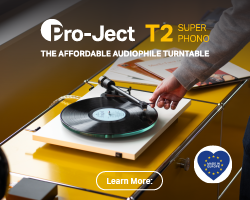

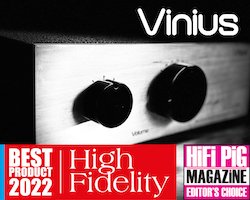






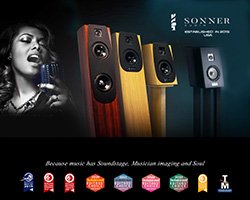
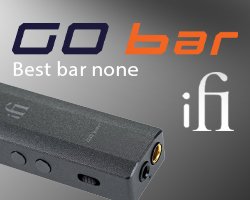




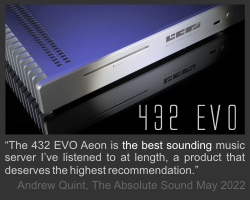
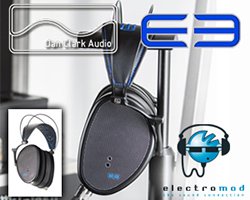



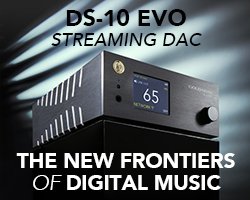
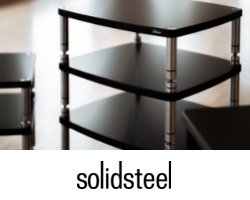
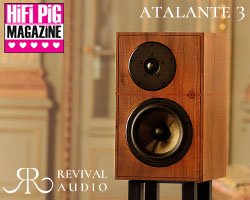


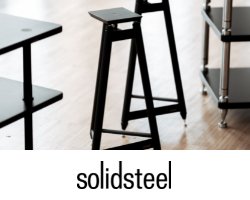
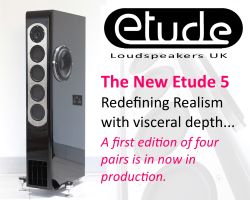
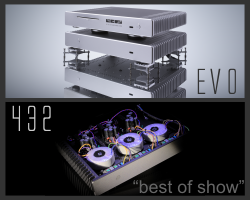

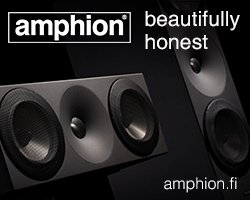
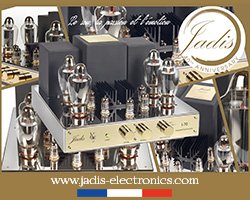




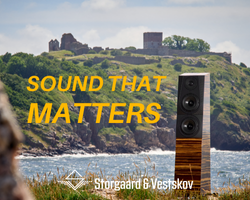
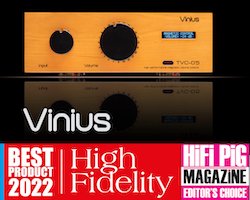




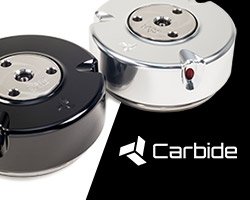
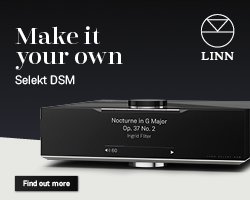




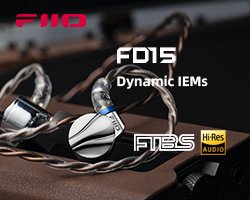



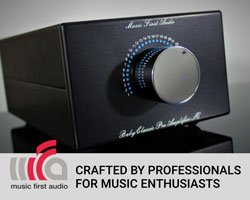
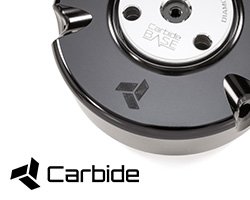

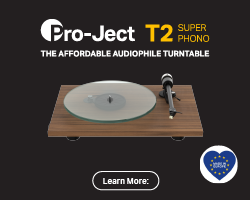
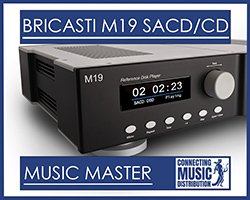


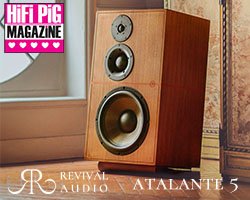



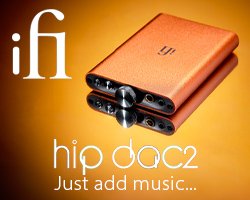

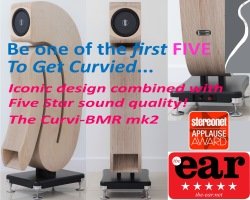


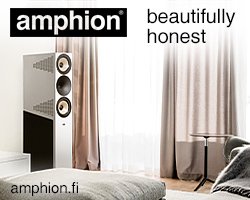
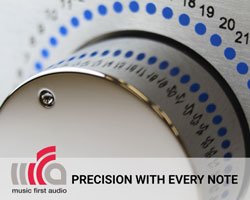




























































You must be logged in to leave a reply.